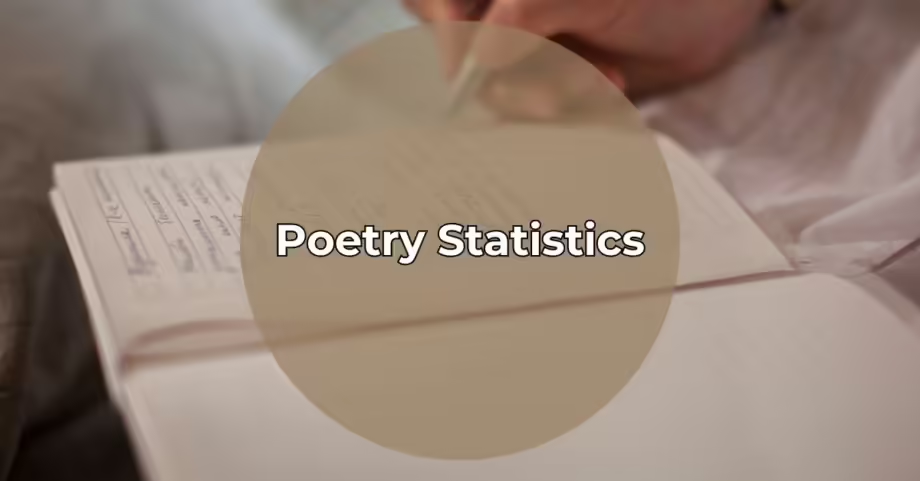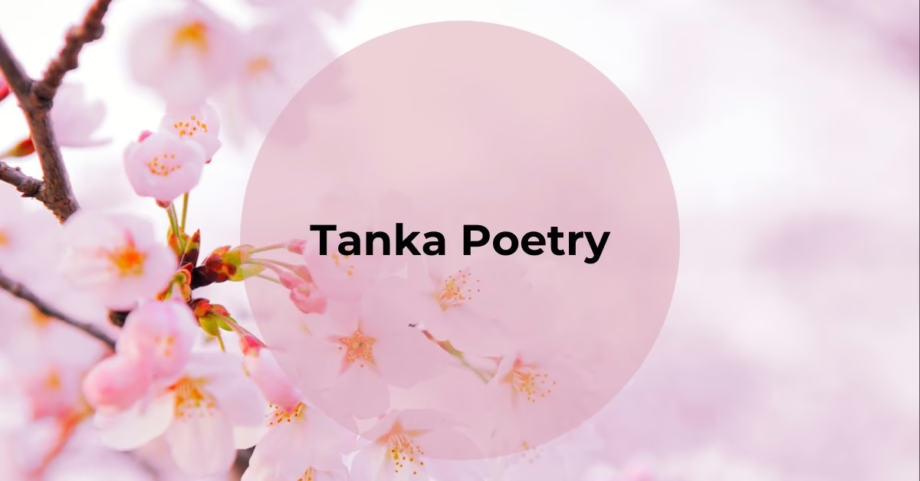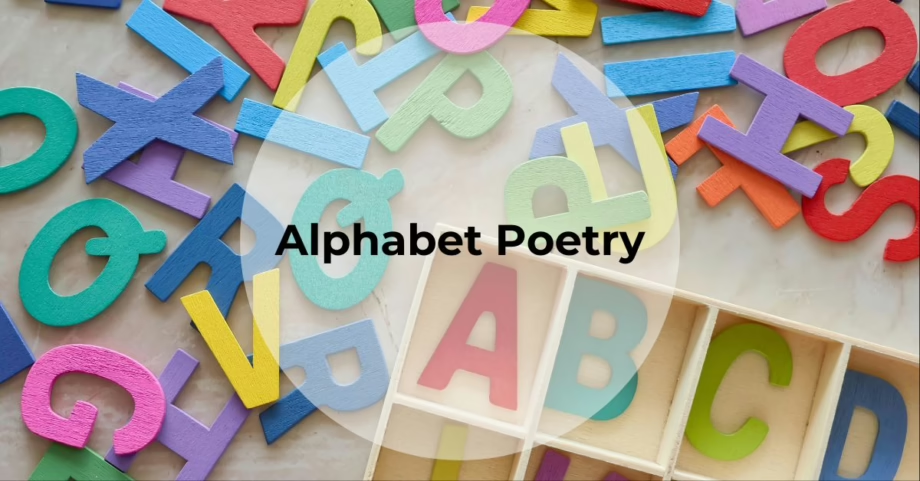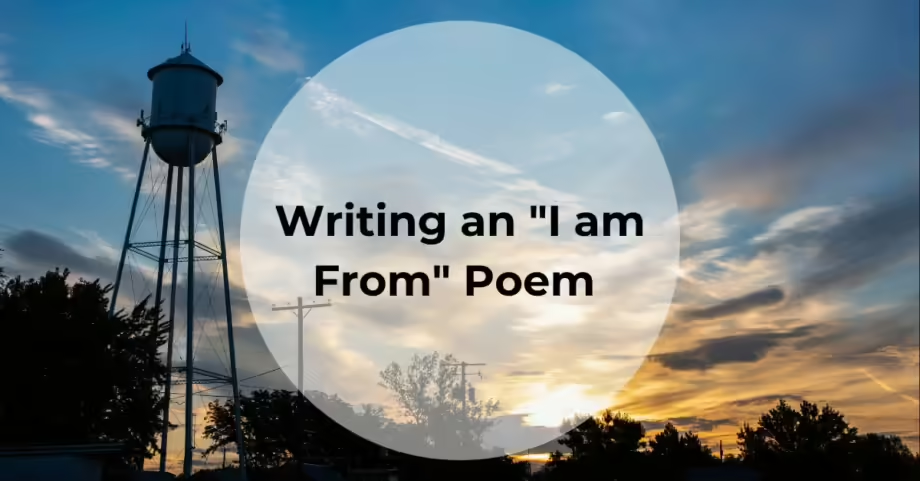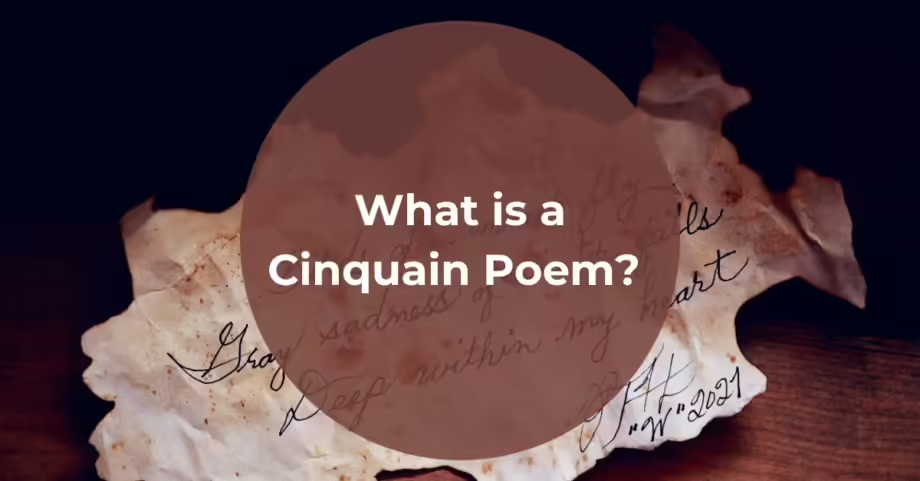Often regarded as one of the most profound and dynamic forms of expression, poetry has experienced a resurgence in recent years. With the rise of social media and digital publishing, poets now have more avenues than ever to share their work.
Here, we breakdown many poetry statistics, including audience, demographics, and publishing information. We hope that this resource is informative, and helps you navigate any next steps you might take as you write your own poetry.
Poetry Statistics: Publication, Audience, and Sales
Poetry Books Published in 2023: A Year of Remarkable Growth
2023 saw a continued rise in the publication of poetry collections through traditional and self-publishing platforms. The year reflected a blend of established poets releasing new works and a surge of debut collections from emerging voices.
- Global and Regional Trends: In 2023, the number of poetry books published globally increased by approximately 10% compared to 2022. The United States, the UK, and India were among the leading countries driving this growth, with a significant uptick in self-published collections due to platforms like Amazon KDP and IngramSpark. These platforms made it easier for poets to bypass traditional publishing gatekeepers.
- Traditional vs. Self-Publishing: While traditional publishers like Penguin Random House, Copper Canyon Press, and Graywolf Press continued to dominate, a significant percentage of poetry books were self-published. Self-publishing accounted for roughly 40% of all new poetry books, reflecting a shift toward more accessible publishing methods.
- Notable Poetry Collections: Collections such as The Hurting Kind by Ada Limón and Golden Ax by Rio Cortez were among the top sellers in 2023, proving that both emotional depth and innovative forms resonate with readers today.
Poetry’s Audience Size in 2025: Who’s Reading?
As of 2024, poetry continues to attract a broad and growing audience, with increased readership driven by digital platforms and social media.
Demographics
Poetry’s audience has evolved, becoming more diverse and inclusive. A 2023 report by the National Endowment for the Arts found that nearly 28% of readers under 30 read poetry regularly, up from 21% in 2020. Poetry resonates particularly with Gen Z and Millennials, with women representing about 60% of the overall readership.
Cultural Relevance
Poetry’s appeal is often linked to contemporary issues like mental health, activism, identity, and love.
Poets such as Rupi Kaur, who tackle these themes head-on, have garnered large followings. Readers find solace and connection in poetry’s intimate nature, especially during times of societal and personal upheaval.
The Influence of Social Media on Poetry’s Popularity
Social media has not just transformed how poetry is consumed, shared, and published, but it has also connected poets and readers across the globe, making it more accessible and democratized.
Instagram, TikTok, and Beyond
Instagram remains a powerhouse for poets, with “Instapoets” like Rupi Kaur, Atticus, and Nayyirah Waheed reaching millions of followers. Short-form and visually appealing poems have become the norm on platforms like Instagram. At the same time, TikTok has introduced a new wave of poets using video content to share their work.
TikTok’s #poetrytok community exploded in 2023, creating viral trends and giving rise to new poets who might have otherwise struggled to find an audience. The platform’s ability to foster immediate emotional connections with audiences has proven invaluable for poets.
A specific example, Amanda Gorman, the National Youth Poet Laureate, rose to fame after her 2021 inauguration poem went viral. By 2023, she had published multiple books and received numerous accolades, with her social media presence serving as a critical driver for book sales and appearances.
Social Media’s Impact on Poetry Sales
There is a clear correlation between social media presence and book sales. For example, Kaur’s poetry collections have consistently topped bestseller lists, primarily due to her massive Instagram following of over 4 million people. Social media has created a direct link between poets and their readers, eliminating the need for traditional promotional channels.
Learn more about growing your poetry Instagram account here.
Poetry Sales Data and Market Trends (2023-2024)
The poetry market has shown steady growth, with an increase in both print and digital sales. Poetry remains a niche genre, but its loyal audience translates into consistent demand for new collections.
- Sales Performance in 2023: According to data from the American Booksellers Association, poetry book sales saw a 7% increase in 2023 compared to 2022. Independent bookstores reported strong sales in poetry collections, often featuring both local poets and bestselling authors.
- Digital vs. Print: While print books remain the preferred format for poetry readers, e-books and audiobooks have also grown, particularly among younger audiences. In 2023, 35% of poetry sales were digital, marking a significant rise from previous years.
- Best-selling Sub-genres: Contemporary poetry, love poetry, and activist poetry were the most popular sub-genres in 2023. Collections that explored themes of self-love, social justice, and healing were among the bestsellers.
- Poetry Festivals and Events: Poetry festivals, both virtual and in-person, contributed to a boost in sales in 2023. Events like the Dodge Poetry Festival and international poetry slams drove interest in poetry books, while online poetry workshops and communities expanded the genre’s reach to global audiences.
Interested in fiction? Read our fiction sales statistics.
Predictions for Poetry Publishing in 2025
Growth in poetry publishing is expected to continue throughout 2025, with several factors influencing its future.
- Expected Growth: The number of poetry books published is projected to increase by 8-10% as more poets turn to self-publishing and digital platforms. Additionally, hybrid publishing models that blend traditional and self-publishing methods are expected to gain traction.
- Technological Influence: Audiobooks and poetry podcasts are also expected to grow in popularity, providing new platforms for poets to reach their audiences.
- Opportunities for Emerging Poets: 2024 presents significant opportunities for emerging poets, mainly through digital channels. With social media continuing to drive discovery, poets without traditional publishing deals can still find substantial success by building direct relationships with their readers.
Conclusion
The world of poetry publishing has never been more dynamic. With a growing audience, boosted by social media and digital platforms, poetry is experiencing a revival that shows no signs of slowing down. As we move further into 2024, poets, publishers, and readers alike can look forward to a future where this timeless art form continues to thrive in new and innovative ways.
Consider submitting to From Whispers to Roars if you’re looking for avenues to share your poetry.
References
- National Endowment for the Arts. (2023). https://www.arts.gov/impact/research
- American Booksellers Association. (2023). Poetry Book Sales Increase in 2023. https://www.bookweb.org/news
- Publishing Perspectives. (2023). Poetry in the Digital Age: How Social Media is Changing the Game. https://publishingperspectives.com/
- Statista. (2023). Poetry Sales in the United States from 2019 to 2023. https://www.statista.com/search/?q=poetry&Search=&p=1
Tanka Poetry: History, Structure, and How to Write Your Own
Tanka poetry is a traditional Japanese poetic form known for its brevity, emotional depth, and…
Alphabet Poetry: How to Craft Engaging Poems From A to Z
Alphabet poetry, sometimes called abecedarian poetry, is a fun form of creative writing that uses…
I am From Poems & How to Write One
Poets often reflect on the places they came from. An origin poem, of sorts. Made…
Concrete Poetry: Where Writing & Art Merge
Writers always look for ways to push boundaries, combining forms and experimenting with genres. Concrete…
What is a Cinquain Poem? A Guide to the Five-Line Wonder
Cinquain poems have a simple form but a unique structure. Known for their concise beauty,…
What is Ballad Poetry?
The allure of ballad poetry lies in in its ability to tell a story and in its…

